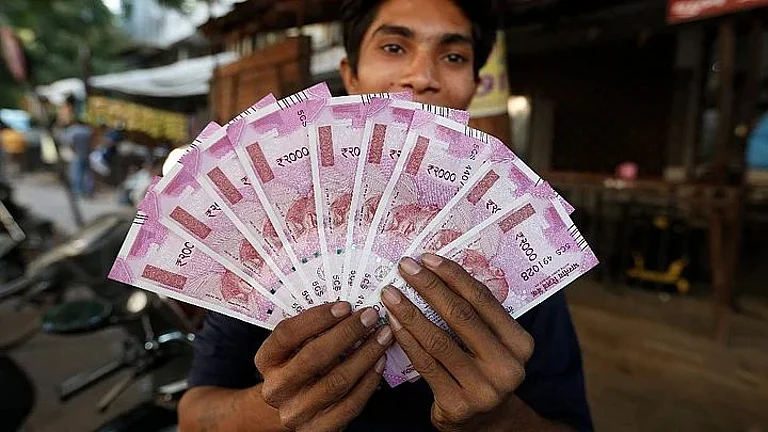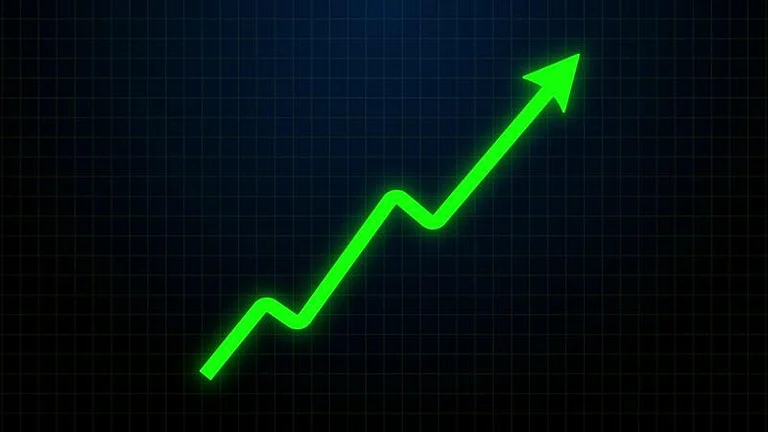As the Goods and Services Tax (GST) enters its third year on July 1, former Finance Minister Arun Jaitley says the journey is not over and that the rationalisation of slabs would continue eventually resulting in merging of 12% and 18% slab into one rate, effectively making the GST a two-rate tax.
Looking back at the last two years of the new indirect tax regime, he says the monumental restructuring of “one of the world’s clumsiest indirect tax system” to arrive at GST was not an easy task.
In the earlier regime, states had multiple laws, which entitled them to impose taxation at different points. The GST merged all these seventeen different laws and created a single taxation.
“The pre-GST rate of taxation as a standard rate for VAT was 14.5%, excise at 12.5% and added with the CST and the cascading effect of tax on tax, the tax payable by the consumer was 31%. The entertainment tax was being levied by the states from 35% to 110%. The assessee had to file multiple returns, entertain multiple inspectors and additionally face the inefficiency - trucks being stranded at the state boundaries for days altogether,” he says.
“The GST changed this scenario completely. Today, there is only one tax, online returns, no entry tax, no truck queues and no inter-state barriers,” Jaitley writes in his blog.
The former Finance Minister says that while the high taxation of pre-GST era pinched the consumers’ pocket and acted as a disincentive against tax compliance, the last two years have seen each of the meetings of the GST Council reducing the tax burden on consumers as the tax collections improved.
Arguing that an efficient tax system leads to better compliance, he says most items of consumer use have been brought in the 18%, 12% and even 5% category and only luxury and sin goods remain in addition to some white goods.
“The assessee base in the last two years has increased by 84%... This obviously leads to higher revenue collections. In the eight months of 2017-18 (July to March), the average revenue collected per month was Rs.89,700 crore per month. In the next year (2018-19), the monthly average has increased by about 10% to Rs.97,100 crore,” he says.
Jaitley says that even as many warned the government that it may not be politically safe to introduce the GST and that in several countries, governments lost elections because of it, India had one of the smoothest transformations.
He says that in the pre-GST regime, the rich and the poor, on various commodities, paid the same tax whereas the multiple slab system not only checked inflation, it also ensured that the products used by the common man were not exorbitantly taxed.
“This is not to suggest that the rationalisation of slabs is not needed. That process is already on. Except on luxury and sin goods, the 28% slab has almost been phased out. Zero and 5% slabs will always remain. As revenue increases further, it will give an opportunity to policy makers to possibly merge the 12% and 18% slab into one rate, thus, effectively making the GST a two rate tax,” he says.






























